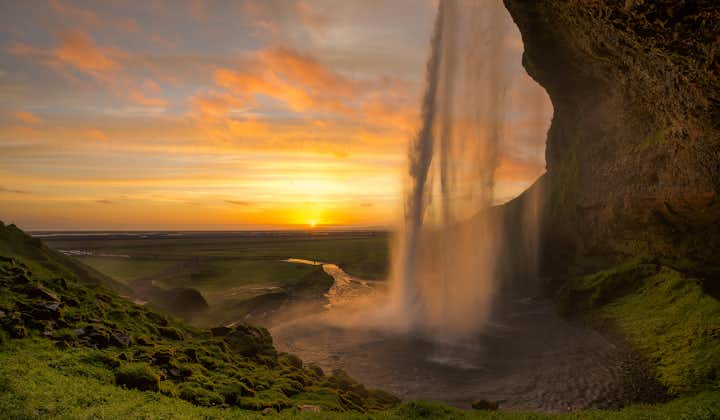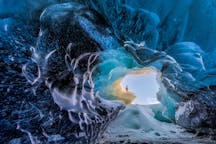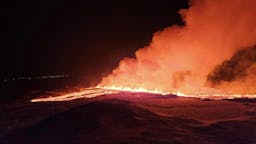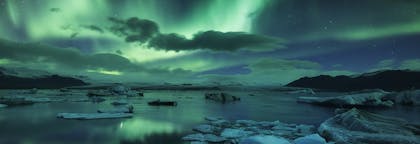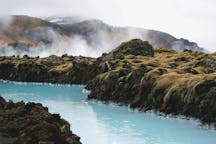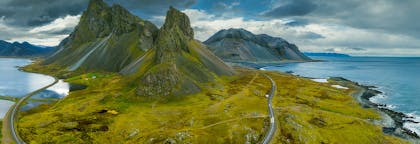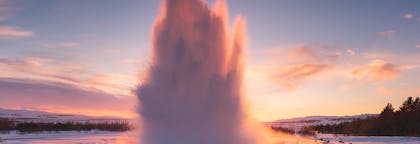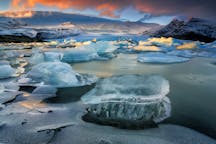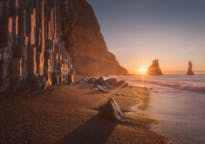Superbe Visite de 10 heures de la Côte Sud de l'Islande avec Seljalandsfoss, Skogafoss & Reynisfjara depuis Reykjavik
Description
En résumé
Description
Rejoignez cette excursion vers la côte sud et découvrez les plus beaux sites de cette région dont les cascades Seljalandsfoss et Skógafoss, le vilage de Vik et la plage de sable noir Reynisfjara.
Cette excursion est réalisée par un guide francophone le mercredi.
Après récupération à Reykjavik, vous mettez le cap vers la côte sud. Vous découvrez Seljalandsfoss : l'une des plus grandes cascades d'Islande avec ses 63 m de haut (206 ft). La particularité de cette cascade est que vous pouvez faire le tour complet de celle-ci et notamment passer derrière Seljalandsfoss.
Le prochain arrêt est la cascade de Skógafoss avec ses 25 m de largeur (82 ft) et sa chute de 60 m de haut (197 ft). La cascade dégage de nombreuses petites gouttelettes d'eau et il suffit d'un peu de soleil pour voir la cascade avec un arc-en-ciel ! Par la suite, vous découvrez Vik, sa plage de sable volcanique de Reynisfjara et ses colonnes de basalte Garðar.
Sur le chemin du retour, vous passez par des routes de campagnes où vous pourrez apercevoir des moutons et chevaux islandais. Votre guide vous conte l'histoire de la région pour agrémenter votre voyage. Vous vous rendez au pied du glacier Solheimajokull et ses langues glaciaires pour une vue spectaculaire.
Ne manquez pas cette excursion à la découverte de la côte sud avec guide francophone le mercredi ! Cliquez sur "choisir une date" pour vérifier la disponibilité.
Inclus
Carte
Activités
À emporter avec vous
Consultez les avis
Expériences similaires

Téléchargez le plus grand site de voyage d‘Islande sur votre téléphone pour gérer l‘intégralité de votre voyage dans un seul endroit
Scannez ce code QR avec l‘appareil photo de votre téléphone et cliquez sur le lien qui apparaît pour mettre le plus grand site de voyage d‘Islande dans votre poche. Ajoutez votre numéro de téléphone ou votre adresse e-mail pour recevoir un SMS ou un e-mail avec le lien de téléchargement.
